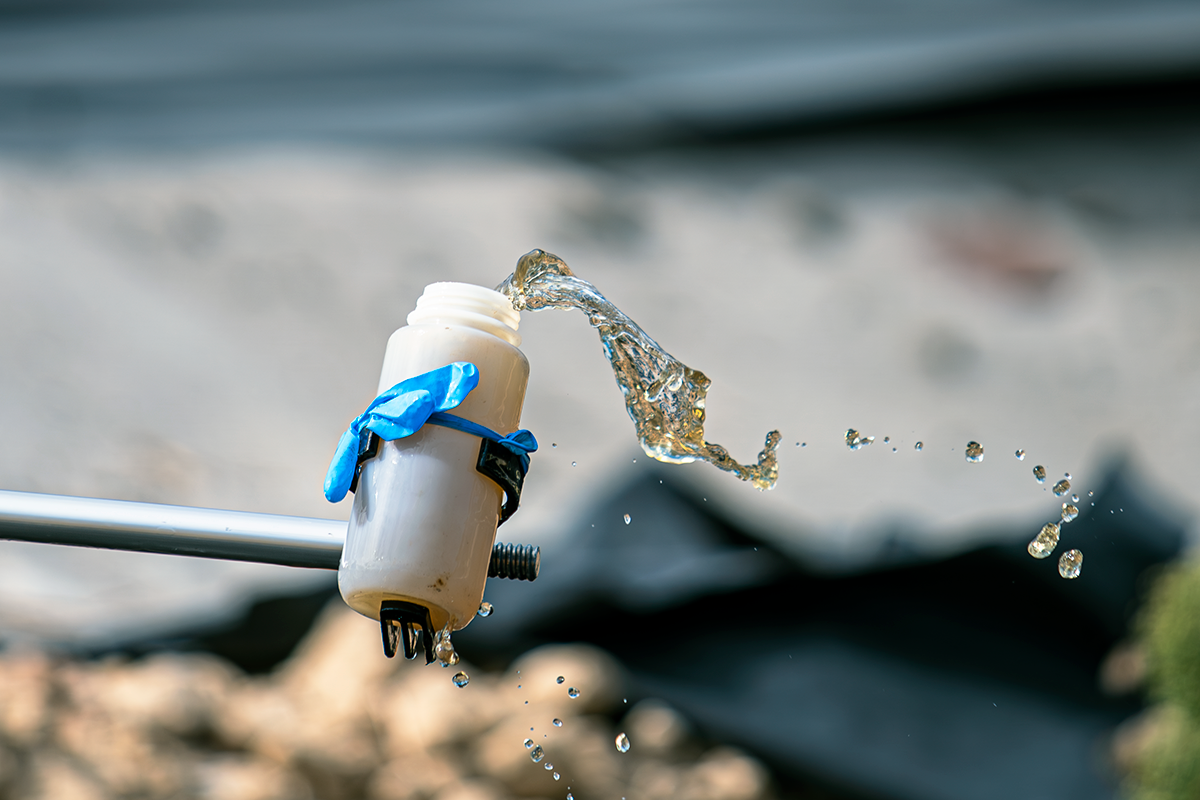The Story of Deepwater Horizon, and how a Proper Spill Response Plan Could have Saved Billions.
The Deepwater Horizon oil spill happened on 20 April, 2010 in the USA – specifically, in the Gulf of Mexico – and it is considered to be one of the major, if not the biggest, industrial disasters of the 21st century.
The oil spill happened during a project operated by British Petroleum, which is a multinational gas and oil company headquartered in London, England. This oil spill is estimated to have had a total discharge of 4.9 million barrels, or 780 000 cubic meters. British Petroleum failed to stop the spill, and the well was sealed in September 2010.
However, some later reports suggested that there was still a leak coming from the well site. Because the oil spill lasted for several months, it caused severe negative effects for the environment and wildlife.
In 2010 marine and wildlife habitats were extensively damaged, together with the surrounding vegetation, and a decline in the fishing and tourism industries was evident as well.
Unfortunately, the effects of the damage continued to be felt in the following years: in 2013 it was noted that the rate of dying dolphins, along with the rate of dying of other kinds of marine life, was reaching record numbers. Even in 2014, it was reported that several breeds of fish which were exposed to the oil from the spill, such as tuna and amberjack, had deformed organs which could result in fatal consequences. In a word, the oil spill had dire consequences to all the marine wildlife, vegetation, and humans which came in touch with it.
In September 2014, the largest corporate settlement in U.S. history happened: British Petroleum was ruled by a U.S. Court to be the primary party which was responsible for the oil spill due to recklessness and negligence, leading to a pay-out by British Petroleum of almost 19 billion US dollars in fines. To state the obvious, all of the environmental and financial damage could have been prevented had a proper oil spill response plan been drafted and followed. A well-drafted spill response plan could have saved potentially millions of dollars in settlement money, and protected the well-being of a lot of workers and inhabitants who were affected by the oil spill.
The Lead-Up
The Deepwater Horizon was a drilling rig which was old 10 years, and which could drill in waters up to 3000 meters deep. This drilling rig was drilling a well 1600 meters deep – also known as the Macondo Well – in the USA, and it was operated primarily by British Petroleum.
In 2009, British Petroleum filed their dubious environmental management plan for the Macondo well. In this plan, the company stated that the chances of an oil spill occurring were minimal. As a result, the Interior Department did not ask for a detailed environmental management and environmental monitoring plans, because they shared the opinion that an oil spill was not likely to happen.
Due to these estimations, and a few additional loose regulations, British Petroleum were permitted to operate dangerously, and they did not draft a meticulous blowout plan.
Additionally, British Petroleum had had a remote-control blowout preventer fitted on the wellhead, which was supposed to sound an alarm in case of an emergency. However, they decided not to pay much attention to this blowout preventer with the reasoning that drilling rigs would have other additional means that could be used in case of an emergency.
Furthermore, several incidents happened on the Deepwater Horizon, one where around 80 workers were evacuated due to mechanical errors on the platform. The blowout preventer had not been inspected in more than 5 years, and the metal casing chosen by British Petroleum was suspected not to be strong enough to sustain itself under high volumes of pressure.
The platform workers did not have a say in the safety precautions.
Over time more and more problems started appearing, such as sudden releases of gas, pipes falling into the well, leaking fluid from the blowout preventer, as well as mechanical problems with the rig. The workers did not report any of the listed problems because they feared they would lose their jobs; instead, they entered fake data that everything was working fine even though the equipment was not reliable and not well-maintained, and it seems that the companies in charge were aware of the fake reports and chose to do nothing about them.
What is more, several hours before the explosion happened, a representative of British Petroleum gave the unsafe order to replace the drilling mud with seawater which was lighter. However, the drilling mud was the thing which was holding down the gas in the well, thus stopping a potential blowout.
Evidently, on more than one occasion British Petroleum representatives made risky decisions in order to save time and money.
On 20 April 2010, methane gas coming from the well went into the drilling rig and then exploded, setting fire to the platform. Around 130 employees were on board when the explosion happened, 20 of whom were injured and 11 of whom disappeared, presumably lost.
What Went Wrong
The workers who were aboard the Deepwater Horizon claimed that right before the blowout happened there were strong vibrations, as well as flickering of the electric lights. They had about 5 minutes to escape after the initial alarm.
Several reports by different agencies identified the causes of the blowout. According to the reports, various things went wrong before the blowout:
- The circulation of the dirt was hindered by a small diameter hole;
- The valves which were supposed to prevent cement backflow did not close;
- The cementing was not adequately conducted;
- The test regarding the pressure was not interpreted correctly;
- The rising of the oil and gas were not being monitored;
- The fail-safe found on the wellhead of the seabed could not close.
Taking all of the listed items into consideration, it is obvious that various things went seriously wrong. These things were not caused by a single event, rather by the piling up of defects which were consciously left unattended.
The Failed Clean up
The Deepwater Horizon oil spill affected over 8000 species, including fish, birds, crustaceans, and marine mammals. Due to the oil spill, a lot of carcinogens and chemicals posing various health risks – such as methane – were spread in the water, affecting both humans and animals.
This oil spill caused a major public health crisis. According to numerous blood test results, a lot of people were exposed to the oil spill toxic chemicals, which can have adverse health consequences on the long-term.
After an alleged cleanup conducted under the guidance of British Petroleum, the company claimed that the cleanup was complete for the most part. However, the U.S. Coast Guard disagreed with that statement. According to the U.S. Coast Guard, the cleanup was nowhere near complete and a lot more work needed to be done in order for it to be completed.
With the aim of containing the oil spill, physical barriers were used by cleanup workers, as well as chemical dispersants in order to break down the oil and prevent it from causing more damage. Several water testing attempts were made, which showed high levels of chemicals in the water. All in all, the cleanup conducted by British Petroleum was not very successful.
How a Proper Plan Could Have Fixed Everything
Each company needs to have a detailed, effective, and efficient spill response plan in order to prevent such accidents from happening and adversely affecting the environment. Unfortunately, this was not the case with British Petroleum – and evidently, not having a proper spill response plan had dire consequences on the well-being of humans, animals, and vegetation.
If British Petroleum had taken the time to make a proper oil spill response plan, and if they had provided adequate training for their employees, it is probably that such a terrible oil spill would not have occurred.
A proper oil spill plan includes adequate training, high-quality, maintained equipment, and a well-drafted spill response guide which would include assessed risks and a detailed plan on how to confine a spill, implement a proper cleanup, and decontaminate the compromised site.
Each company should have a well-trained spill response team, designated areas for spill response equipment and tools, as well as detailed report procedures. Environmental management and environmental monitoring also form an essential part of a company’s spill response plan.
Each environment has its specific requirements which need to be taken into account when creating a proper spill response plan. If a company follows all of the guidelines listed above, it is highly unlikely for a spill plan to go wrong.
In other words, had British Petroleum dedicated more time and attention to the safety of the environment instead of making profits, things might have played out differently than they had in 2010 when the disastrous Deepwater Horizon blowout occurred.


